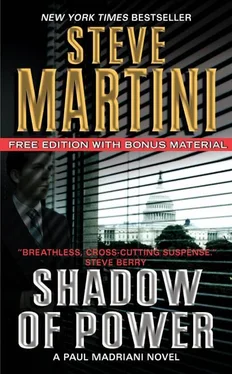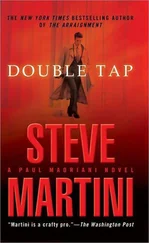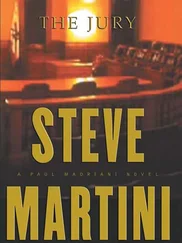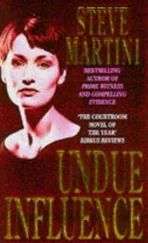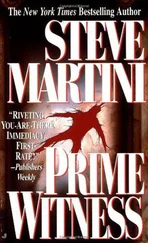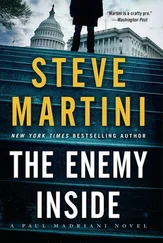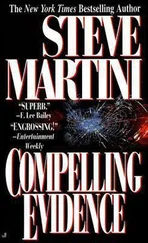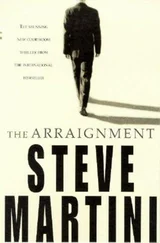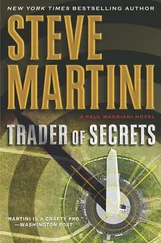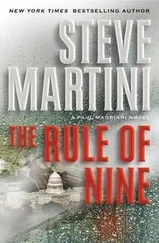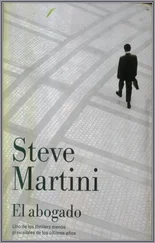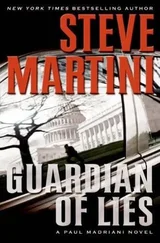“This story seems to be growing by the minute. According to wire-service stories, the Congressional Black Caucus is now demanding immediate federal action to investigate whether or not the reports are accurate and, if in fact there is a Jefferson Letter, that it be secured by the FBI to make sure that it doesn’t get lost or destroyed.
“And there were also reports, though these are older, that there may be some connection, though it’s very vague, between some kind of a letter, though it’s not clear that it’s the Jefferson Letter, and a member of the United States Supreme Court, Arthur Ginnis. But as I say, those reports were filed last week. They’re very sketchy, and we haven’t heard anything more about this since, so it may have just been rumor. I’m hearing, according to one source, that Justice Ginnis, who is off the Court on sick leave right now, is a history buff and is considered something of a scholar on Jefferson’s papers, so it may be that someone simply contacted him at some point to check this out and that may be his only connection. We’re just not sure.”
With this last little bit, Quinn looks over at me, a mass of wrinkled eyebrows.
I’m having the same thought, wondering if perhaps the video of Scarborough and Ginnis over the table and Teddy Nons’s transcript of their conversation are all just part of a bad dream.
They switch to another story, and Quinn turns off the set.
“Close the door,” he says.
Five of us are in the room. Tuchio and Harmen, his assistant. Harry, myself, and Quinn.
“First question,” says Quinn, “is who leaked the information? Unless somebody raises a hand in the next second or so, I am going to assume that it was nobody in this room.” He waits for a few beats, looks at each of us and says, “At least that’s good news.
“Next order of business, I want to secure the letter, have it locked up in a safe place. Since it’s already been examined by forensics, is there any objection to working with a copy off the evidence cart from now on?”
I look at Harry. He shrugs. We all agree.
“Good. Then I’m gonna lock it up. I’ll have the county treasurer put it in their vault in a locked box.”
“As long as the evidence is preserved,” I tell him. “In the event of an appeal or retrial.”
“I’ll make sure of that,” says the judge. “Next,” he says. “How many of you have copies of the letter?”
I raise my hand. Tuchio raises his.
“You each have one?”
“As far as I know,” says Tuchio. “Nobody else in my office has one. I don’t know about the crime lab.”
“Find out,” says the judge. “You, Mr. Madriani. Do your forensics people have one?”
“I don’t know.”
“Find out,” he says.
“I want every copy that was made of that letter secured by you, Mr. Tuchio, and you, Mr. Madriani. I want them locked up in a safe. I don’t want your staff reading it, and if they already have read it, I don’t want them talking to anyone about it. Find out,” he says. “Do I make myself clear?”
Nothing but nodding heads in the room.
“When you leave here, call your offices immediately. Have them locate every copy that was made. Then I want to know, by three o’clock this afternoon, how many there are. And make sure you get them all.
“And I’m holding you responsible. If the crime lab has copies, if your forensics experts have copies, get ’ em back. I don’t want to see anything more regarding the contents of that letter on television, and I don’t want to read about it in the newspapers, not until I decide whether what’s written on those pages is gonna come into evidence or whether it’s not.” He looks at his watch.
“Is there some question about that?” I ask.
“About what?” he says.
“About the contents of the letter coming into evidence?” I say.
“It’s something we’re going to have to talk about,” says Quinn. “I think it’s pretty clear to all of us at this point that we don’t have much time. Pretty soon I have a feeling that I’m going to be up to my hips in federal agents, U.S. Attorneys, and federal court orders, so the sooner we can wrap this trial the better.
“Are you ready with your witnesses?” He looks at me.
I nod.
“Good, then let’s get movin’,” he says.
Tuchio and Harmen are out of their chairs, moving toward the door. Quinn is wrestling with his robe, struggling to get it on, running over me, as I try to get in his way.
“Your Honor, before we leave, I have to know whether I’m going to be allowed to introduce the contents of that letter into evidence and, if not, what your legal basis is for denying admission.”
He looks at his watch as he’s trying to move around me. “Not now,” he says. “This afternoon we’ll talk about it.”
“You got that, Mr. Tuchio?”
“Got it, Your Honor.”
“I’ll be prepared by then to entertain all arguments. If we need time for points and authorities”-he’s already heading down the hall toward the bench-“it can be arranged. Otherwise I’ll be prepared to enter a ruling on the restaurant video and the contents of the letter at that time. Now, let’s go.”
By ten o’clock, before the midmorning break, you can hear the drumbeat, the resonant pounding like that of Zulu warriors striking spears against their shields on the street outside. Periodically there is the electronic bleep and blare of an emergency vehicle.
Through all this we work with our witness. Fortunately, he is solid.
Robert Stepro is our resident forensics expert, the man who accompanied the envelope and its contents to the crime lab and watched as they processed and examined the bloodied side of the letter and the samples of hair.
This morning Stepro is equipped with enlarged photographs, taken with a macro lens and mounted on poster board, so that minute specks of blood appear the size of a nickel.
I sense that Tuchio has the feeling of a big-league baseball manager, ahead on the scoreboard but with the game about to be called on account of rain.
With the commotion growing outside and the risk that we may have to evacuate the courthouse, Tuchio tells the judge that he’s prepared to stipulate that the bloodied surface of the letter matches the shadow on the leather portfolio and that the letter is in fact the item taken from Scarborough’s hotel room that morning.
I insist on presenting at least the principal evidence, a prima facie case, so that there is no doubt in the minds of jurors when they go in to deliberate.
It’s clear that Tuchio does not intend to contest either this or the hair evidence contained in the envelope. His forensics experts have told him that any dispute over these items is a nonstarter.
It’s also clear that Tuchio has already settled on a changed theory: two killers working in tandem, Carl and a blond compatriot who slipped the envelope under our office door in the middle of the night. He will no doubt embellish this with hints of complicity by our office in order to tip the scales enough that jurors will excuse the inconsistencies in his own case.
In a period of less than two hours, Stepro, using his poster-board photographs on an easel in front of the jury, nails down the comparison evidence of the shadowed leather portfolio and the bloodied letter. The pattern of blood on the back of the letter at the edges where paper meets leather matches perfectly with spots of blood on the portfolio.
You would not have to be a scientist to see that, magnified many times, traces of blood-numerous, minute, oblong ringlets-had been severed by the covering edge of the paper. When the letter was placed back in the shadowed rectangle on the portfolio, these detached ovals were once again complete.
Читать дальше
